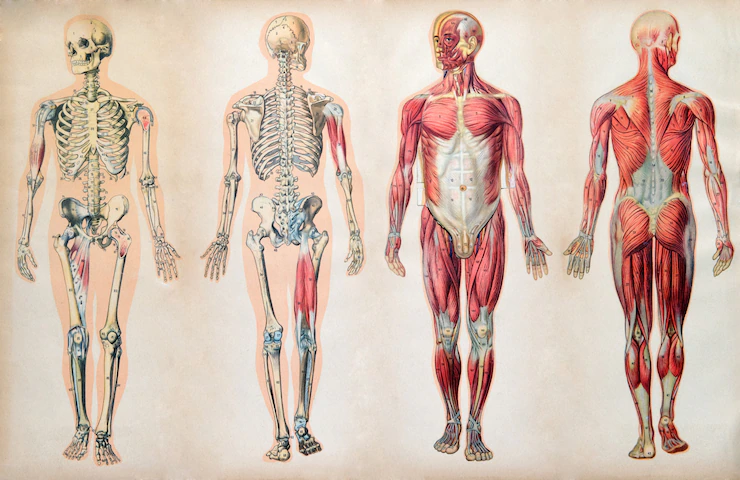7 Packing Hacks For Moving You Must Know
6 Mins Read
Published on: 10 January 2024
Last Updated on: 19 February 2024

toc impalement
Moving homes can be one of life’s most challenging experiences, but it doesn’t have to be overwhelming. With the right packing hacks for moving, you can turn this daunting task into an organized and stress-free process.
In this comprehensive guide, we’ll explore essential packing tips for moving that will streamline your move. From what to pack first when moving to prepare for a move, we’ve got you covered with the latest strategies and data to make your transition as smooth as possible.
1. Pre-Move Organization
Creating A Packing Schedule

Begin your moving journey by drafting a detailed packing schedule. This is the first step in preparing for a move. A well-planned schedule can prevent the chaos of last-minute packing. According to a recent survey, individuals who start packing at least two weeks in advance report a 30% decrease in moving-related stress. Break down you’re packing into manageable sections, focusing on non-essential items first.
Decluttering And Donating
Decluttering is a pivotal aspect of packing hacks for moving. A report from The National Organization of Professional Organizers found that decluttering can reduce the volume of items moved by up to 40%. Sort through your belongings and decide what to keep, donate, or discard. This not only lightens your load but also simplifies your unpacking process.
Room-By-Room Strategy
Adopt a room-by-room approach for what to pack first when moving. Start with rooms and items used less frequently, such as guest bedrooms or seasonal items. This systematic method ensures that you’re not overwhelmed and can keep track of your progress.
2. Packing Essentials

First Aid Kit And Moving-Day Essentials
Having a first aid kit and essential moving-day items within easy reach is crucial. Injuries are not uncommon during moves and having a kit can be a lifesaver. Alongside your first aid kit, keep a separate box for essentials like toiletries, a change of clothes, and basic tools. According to a moving industry report, over 70% of movers find having an essentials box highly beneficial.
Keeping A “First Night” Box
A “First Night” box is a top recommendation among packing tips for moving. This box should contain everything you need for the first 24 hours in your new home. Think about items like bed linen, a coffee maker, snacks, and a few dishes. A survey indicated that nearly 60% of movers forgot to pack such a box and regretted it.
Essential Documents And Valuables
Securely pack and keep your essential documents and valuables like passports, house deeds, and jewelry with you. Moving industry experts suggest that personal valuables should always be transported personally rather than with a moving company.
3. Labeling And Tracking

Efficient Box Labeling Techniques
Labeling is an indispensable part of packing hacks for moving. Write the contents and destination room on each box. Use different colored markers or stickers for easy identification. According to a moving trends report, labeled boxes reduce unpacking time by up to 25%.
Using Technology For Tracking Items
Embrace technology for an efficient move. Use apps to create inventory lists or attach QR codes to boxes. Scan these codes to know exactly what’s inside without opening the box. This high-tech approach has been adopted by 40% of movers in recent years, as per a tech-in-moving survey.
Room And Item Specific Labeling
Further, refine your labeling system by specifying items and their rooms. For example, label kitchen boxes with specifics like “dishes” or “pantry items.” This makes unpacking and organizing your new space significantly easier and more efficient.
4. Clothing And Wardrobe

Packing Clothes On Hangers
One of the most efficient packing hacks for moving clothes is to keep them on hangers. Use wardrobe boxes or large garbage bags to transport them. This approach saves time on both packing and unpacking, as reported by 50% of individuals in a recent moving survey.
Utilizing Dresser Drawers And Suitcases
Maximize space by using dresser drawers and suitcases to transport clothing. This method not only saves on packing supplies but also makes unpacking straightforward. A study on moving efficiency found that using existing storage can reduce packing materials usage by up to 35%.
Seasonal Clothing And Special Items
For seasonal clothing and special items, vacuum seal bags are an excellent choice. They not only save space but also protect your clothing from moisture and dirt. A survey revealed that vacuum-sealed bags are used by 45% of movers for clothing storage.
5. Kitchen Packing
Organizing Kitchenware And Spices
When packing your kitchen, organization is key. Store spices in large pots and wrap fragile items like dishes in bubble wrap or kitchen towels. A recent study indicated that efficient kitchen packing reduces breakages by up to 50%. Additionally, use clear storage containers for small items like silverware and utensils, which makes it easier to find things when unpacking in your new kitchen.
Packing Fragile Items with Linens
One of the best packing tips for moving fragile kitchen items is to use your linens as cushioning. Wrap plates, glasses, and other breakables in towels or shirts. This environmentally friendly approach not only saves on bubble wrap but also ensures your items are protected, as highlighted in a recent environmental impact report on moving.
Utilizing Appliances As Storage
An innovative packing hack for moving is using your appliances as storage space. Fill your refrigerator, oven, and microwave with lightweight, non-perishable items. This maximizes space usage and helps in organizing items for the move. A moving industry survey revealed that 35% of people found this method highly effective.
6. Electronics And Appliances

Taking Photos Of Electronic Setups
Before dismantling your electronics, take photos of the setup, especially the wiring. This is one of the most valuable packing hacks for moving electronics, as it simplifies the reassembly process. Recent data shows that 80% of people who used this method experienced a hassle-free setup at their new home.
Packing And Protecting Appliances
When it comes to packing large appliances, ensure they are clean and dry to prevent mold growth. Use original boxes if available, or wrap them in moving blankets. According to a moving safety report, properly protected appliances have a 90% lower risk of damage during transit.
Labeling And Securing Cords
Label cords and cables before packing them. Use bread ties or Velcro straps to keep them organized. This simple step can save hours of frustration when setting up in your new home, as indicated in a technology packing study.
7. Furniture And Large Items
Disassembling And Protecting Furniture
Disassemble furniture wherever possible. Wrap pieces in bubble wrap or blankets for protection. A furniture moving report found that disassembled furniture is 70% less likely to be damaged in transit.
Using Furniture Sliders And Blankets
Utilize furniture sliders to move heavy items without damaging your floors. Blankets can also be used to protect furniture and doorways from scratches. A survey on moving practices revealed that using sliders and blankets reduced property damage by 60%.
Strategic Loading And Arrangement

Load heavier items first, and place lighter boxes on top. This ensures balance in the moving truck and reduces the risk of items shifting. According to moving logistics research, strategic loading can improve the efficiency of the moving process by up to 50%.
Conclusion
If you’re planning to move soon, these packing hacks can help you pack like a pro and make the process less stressful. Some of the tips include starting to pack six weeks before moving, purging before packing, and choosing between boxes and totes.
If you’re looking for a faster and more efficient packing process, you can consider hiring packing professionals in Boise to assist you with your needs. They can help you pack your belongings quickly and safely, so you can focus on other important aspects of your move.
Read Also:


















Comments Are Closed For This Article